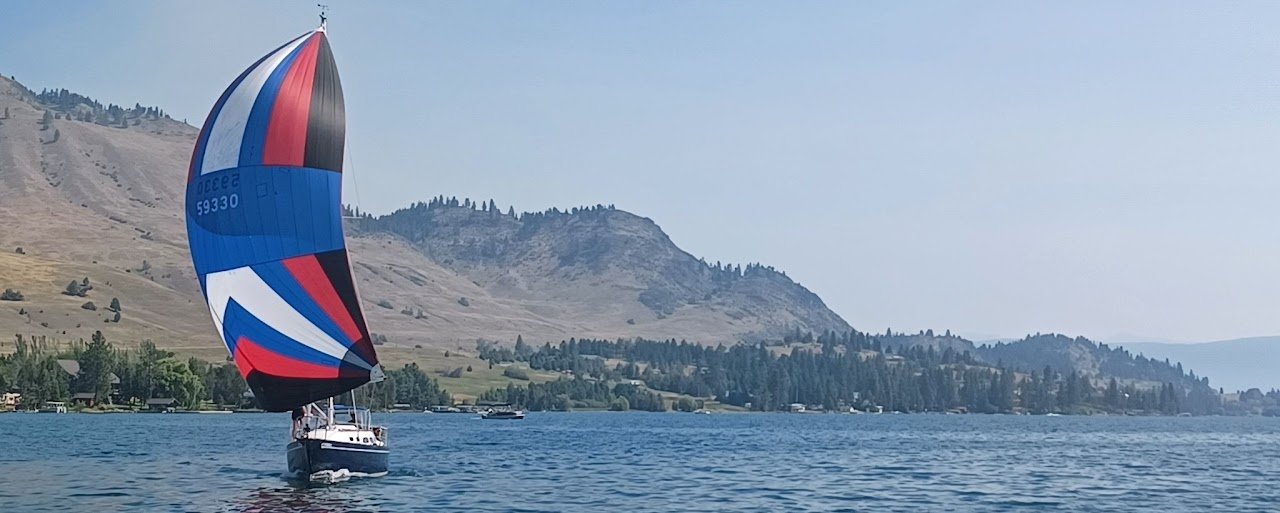How To Start a KISS Race
By James Maxwell SFYC Race Committee
Starting on time is a very important part of any regatta. They say a race can be won or lost at the start and our weekend races have seen it. With the current KISS format where the start at a specified time unless otherwise noted, knowing when the start happens is important. The good news is that everyone can keep the same time. This document hopes to to help make it easier and allow for less stress when crossing the start/finish line.
The time and format of the start will be discussed and agreed on at the skippers meeting before the race. Usually we try for a standard (5-4-1) on a 10 minute warning. But that can and does change. If you miss the meeting it's possible to hail the committee boat or race officials on VHF 69 or simply sail by another participant to find out when and how the start is.
KISS uses atomic time for the start of a race. There are two places you can find this time. The first is the Official US Time website that is run by the National Institute of Standards and Technology. A watch hacked to this website within in 24 hours will be accurate enough for the start time of our races. The second is using a GPS enabled device, like a cell phone. All cell phones pull time from a central source, that source is also using the official national time. There are a setting within the clock that can be used to display seconds. A race official can help you find these. It should be noted that Sound and/or visual signals, if given, are a courtesy only and should not be relied on.
We suggest using the free SailfreeGPS app on your Apple or Android device to help with the timing. It’s a powerful tool that includes not only regatta timing but a full featured GPS as well. The paid version includes a countdown to time, which is very helpful for our KISS races.
There are many sailors who live for the start of the race. And it can be intimidating if you've never done it before. There is nothing wrong with covering the rear of the pack. Take the time to observe how the other skippers maneuver and how the start goes. This is where some of the best boat watching can be had.
Once the start time is passed it's off to the races. Pick a tack and go sailing. Now is the time to experiment and learn how your yacht handles. Since it's a handicapped race the best race you have is your own. That' s not to say getting ahead of someone or enjoy tactics cannot be enjoyed but there is merit in simply trying to keep in sight of the fleet with a camera or drink in hand. Our hope is that all our members can appreciate becoming a better sailor and the benefits timed sailing can offer. We'll see you at the flagpole!
General Start Sequence
-Ten Minute Warning
Three short sound signals (***). YC Down/AP Up
-Five Minute
One short sound signal (*). AP Down/Fleet Up
-Four Minute
One short sound signal (*). P Up
-One Minute
One long sound signal (-). P Down
-Start
One short sound signal (*) Fleet Down

